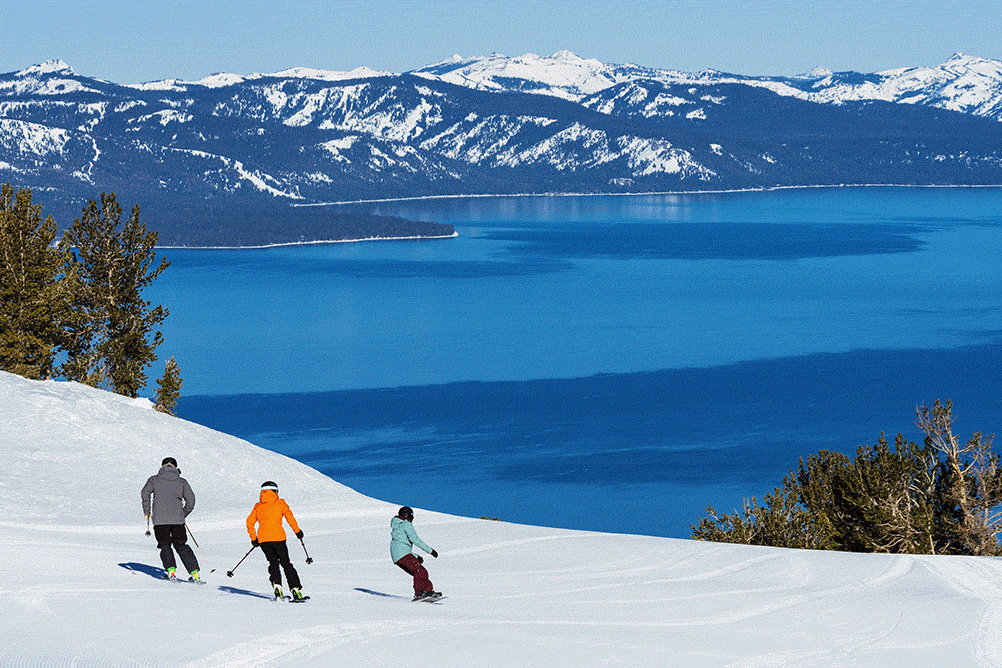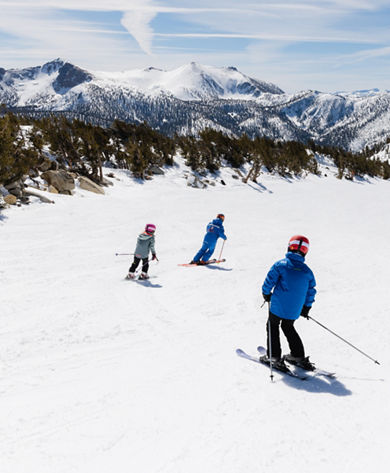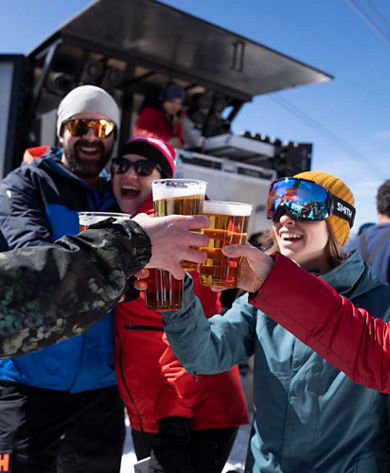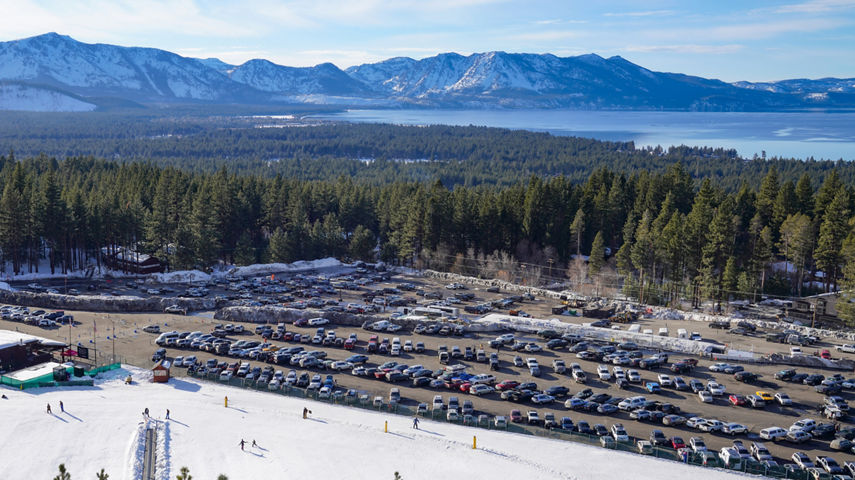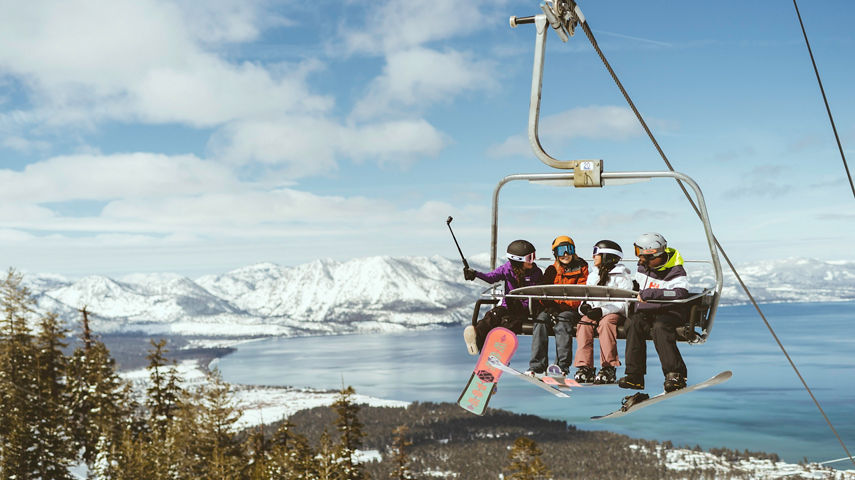Winter is Here!

一分钟极速赛车开奖记录平台查询,一分钟开奖结果号码+168极速赛车官方开奖历史记录 Tahoe is Heavenly
Lake Tahoe. Jaw-dropping. Awe-inspiring. Invigorating. Your phone can't capture the beauty. A mountain—and a beach. There's a million ways to describe this place (and we all have our own way), but we can all agree, Tahoe is Heavenly
Bundle Up Lift Tickets and Lodging , opens in a new window
Unlock The Mountain , opens in a new window
Available now. Mobile Pass & Lift Tickets on the new My Epic app means you can access the mountain hands-free with your phone. See how with our step-by-step video.
Download My Epic App
Your Phone is Your Pass
Lift Line Status and Forecasts
Interactive Trail Maps
Live Webcams and Weather
Real Time Operational Alerts
View Your Personal Stats
168极速赛车正规官网平台:1分钟极速赛车官方开奖历史记录+结果号码查询一分钟 Winter Activities
Scenic Gondola
Not skiing or riding? Take in breathtaking views of Lake Tahoe from the top.
Learn to Ski/Ride
Discover the joy of skiing or riding with Heavenly's Ski and Ride School.

